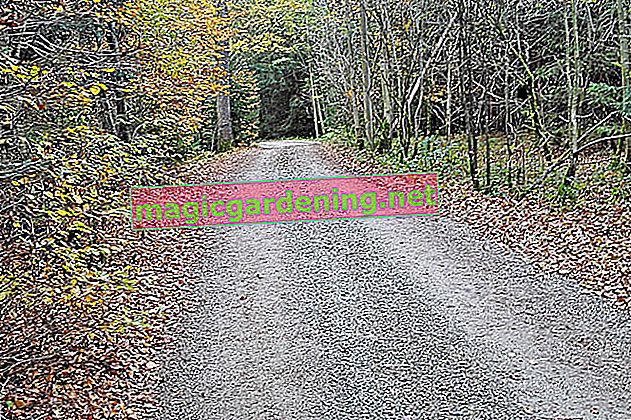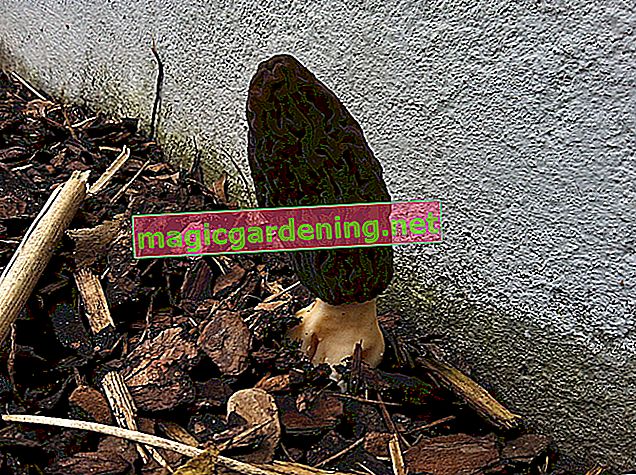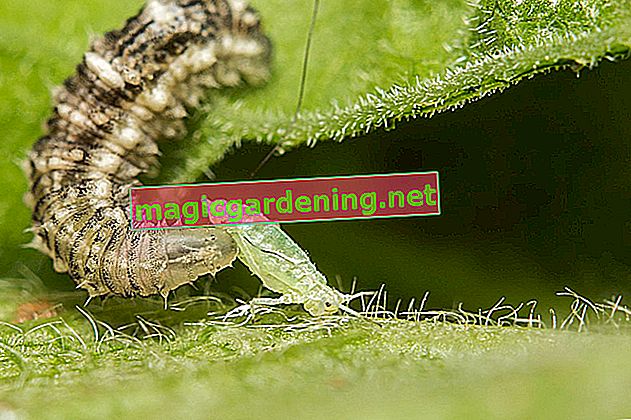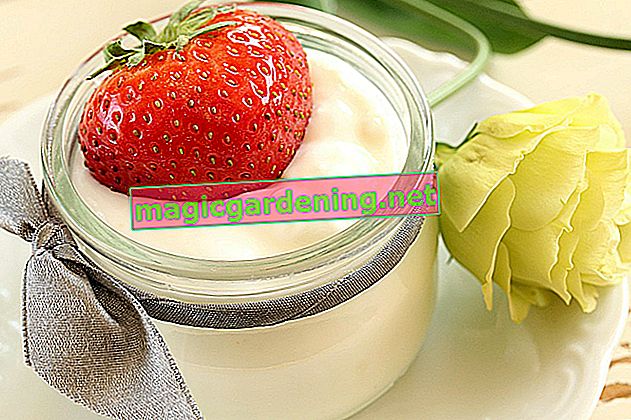
Furious climber with poisonous ingredients
The poisoning experts at the University Clinic in Bonn warn against eating flowers, leaves and roots of all Monstera species. It has been proven that the plant parts contain the following toxic components:
- Calcium oxalate crystals
- Oxalic acid salts
- Resorcinol
- Unidentified hot substances
also read
- Are Monstera Poisonous to Cats?
- How should Monstera be watered correctly?
- Is the Monstera deliciosa poisonous?
If these substances are consumed in large quantities, they trigger symptoms of poisoning in humans and animals. It is therefore advisable to keep a window leaf out of the reach of small children and pets. Since the sap can cause irritation and allergic reactions on contact with the skin, please wear gloves for all maintenance work.
Pineapple banana as an exception to the toxic rule
The warnings about the poisonous contents of Monstera end when it comes to the fruits of the Monstera deliciosa. The delicious window leaf bears its name because it presents us with edible fruits. Due to their elongated shape, these are often referred to as pineapple bananas, especially since the taste of the pulp is reminiscent of pineapple.
In this context, however, it should not be overlooked that the high content of oxalic acid is a health hazard for young children, the elderly and people with kidney disease. Comparable to eating rhubarb in late summer.
Tips
If you also notice round and oval openings in the pinnate Monstera leaf, these are not symptoms of disease or pest infestation. Rather, the window leaf uses this strategy so that a strong tropical storm cannot damage the plant and enough light can penetrate through the dense foliage.








